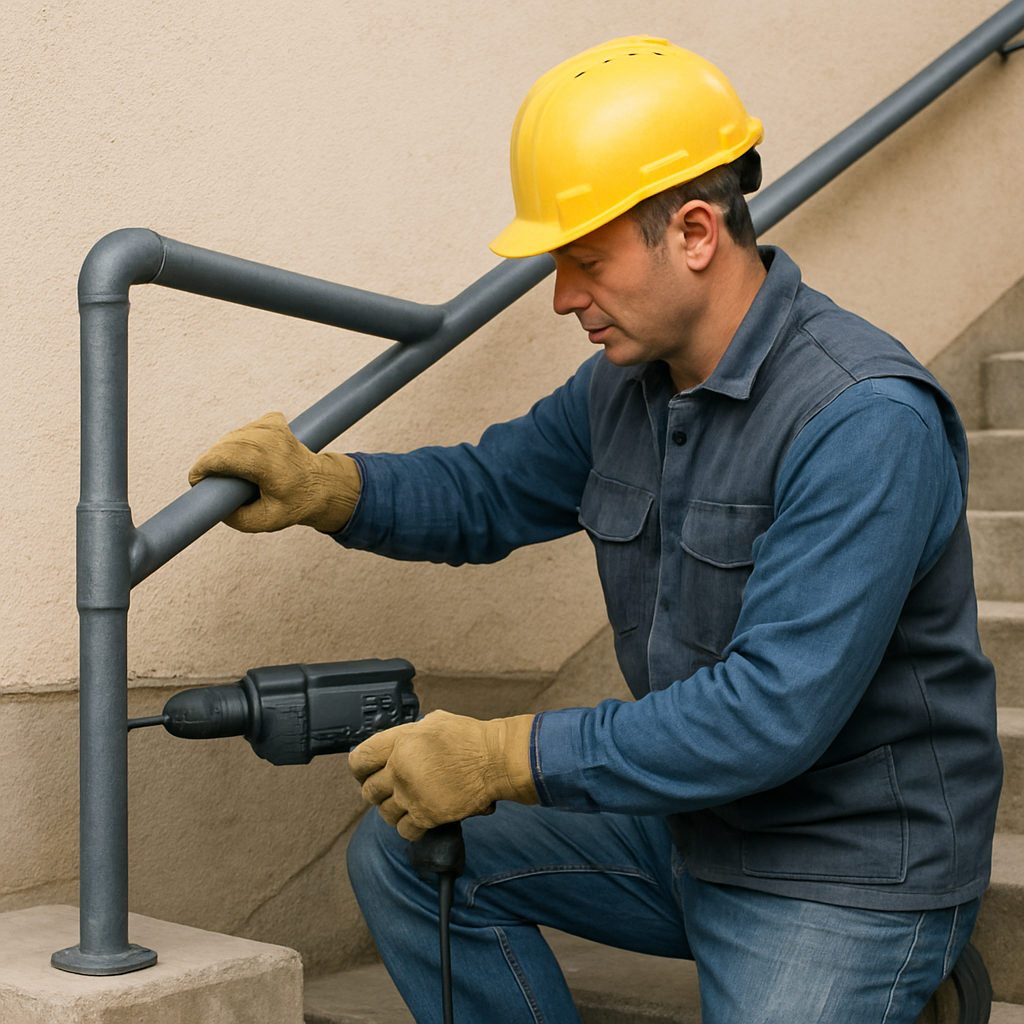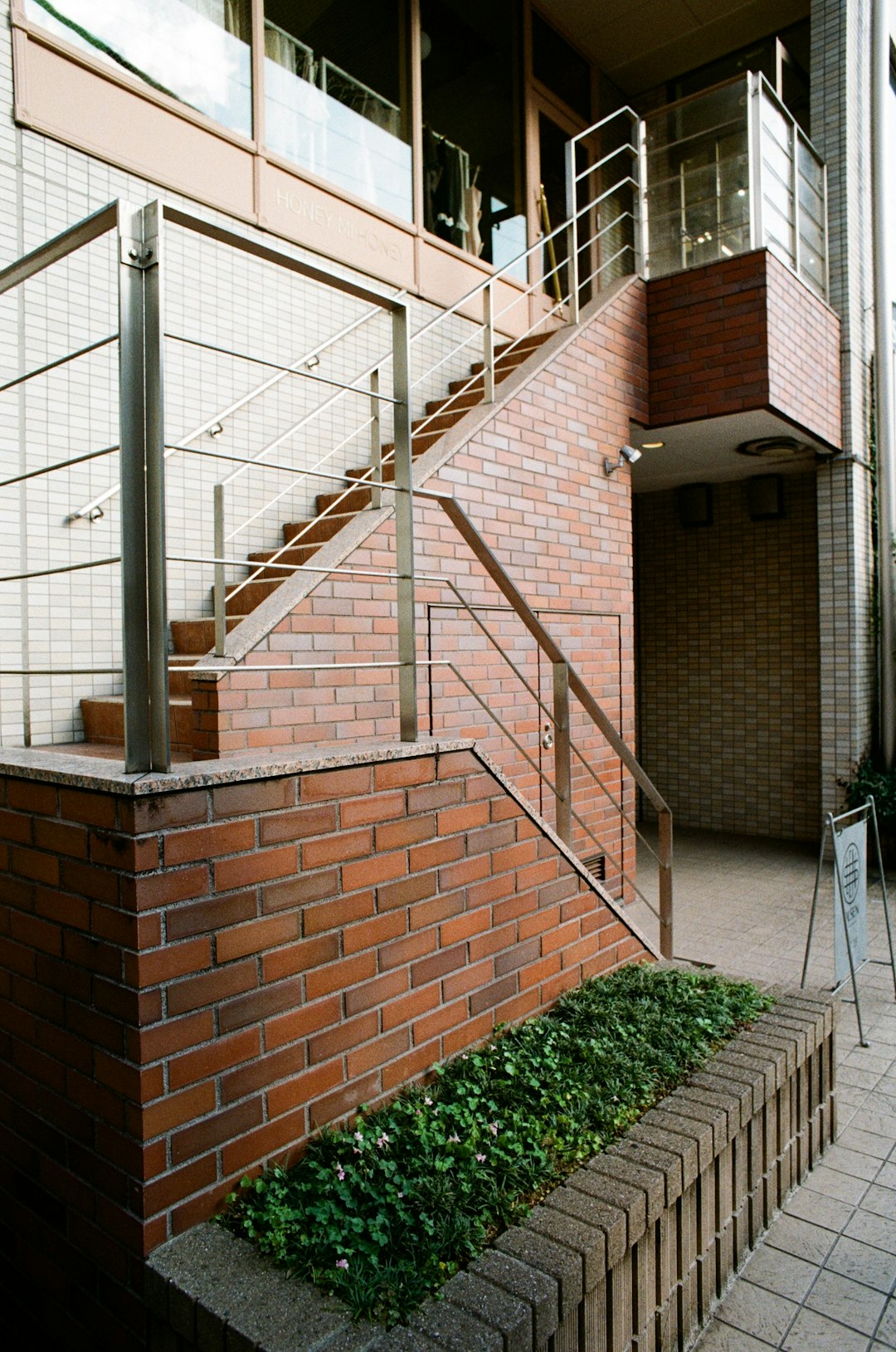 Service Hotline:13510328459
Service Hotline:13510328459
 205-206, 2nd Floor, Building 2, Xiazao Village Industrial Zone, Gaofeng Community, Dalang Street, Longhua District, Shenzhen City
205-206, 2nd Floor, Building 2, Xiazao Village Industrial Zone, Gaofeng Community, Dalang Street, Longhua District, Shenzhen City
 Service Hotline:13510328459
Service Hotline:13510328459
 205-206, 2nd Floor, Building 2, Xiazao Village Industrial Zone, Gaofeng Community, Dalang Street, Longhua District, Shenzhen City
205-206, 2nd Floor, Building 2, Xiazao Village Industrial Zone, Gaofeng Community, Dalang Street, Longhua District, Shenzhen City
Time:2025-09-18 Preview:
As we age, our mobility can become more limited, making it essential to have safety measures in place, especially in nursing homes. One such critical feature is the corridor handrail, which plays a vital role in fall prevention and ensuring the safety of residents. In this article, we will explore the importance of nursing home handrail safety, the benefits of proper handrails, and how they contribute to a safer environment for elderly residents.
Falls are one of the leading causes of injury among the elderly. They can lead to severe injuries such as fractures, head trauma, and even disability. Therefore, fall prevention is a top priority in nursing homes. Implementing effective strategies to prevent falls can significantly enhance the quality of life for residents and reduce the risk of injury.

Handrails are an essential component of fall prevention strategies in nursing homes. They provide support and stability for residents as they move through corridors, reducing the likelihood of falls. Handrails serve as a guide for those with visual impairments and offer a sense of security for individuals who may feel unsteady on their feet.
By installing handrails in corridors, nursing homes can create a safer environment that encourages mobility while minimizing the risk of accidents.
When considering handrails for nursing home corridors, it's important to focus on certain key features to ensure maximum safety and usability.
Handrails should be constructed from durable materials that can withstand regular use and provide reliable support. Common materials include stainless steel, wood, and aluminum. It's important to choose a material that is both strong and easy to clean, as hygiene is a critical concern in nursing home environments.
The design of the handrail should be ergonomic, allowing for a comfortable grip. A well-designed handrail will be easy for residents to grasp and hold onto, reducing the risk of slipping. The shape and size should accommodate individuals with different hand sizes and grips.
Handrails should be installed at an appropriate height to ensure accessibility for all residents. The standard height is typically between 34 to 38 inches from the floor. Additionally, handrails should be continuous along the length of the corridor, allowing residents to maintain contact without interruption.
To prevent injuries, handrails should have smooth edges and rounded corners. Sharp edges can pose a hazard, especially for individuals with compromised balance or coordination.

Handrails provide essential support that allows residents to move more freely and confidently within the facility. By having a reliable structure to hold onto, individuals can navigate corridors with greater ease, enhancing their overall mobility.
For many residents, the ability to move independently is crucial for maintaining their sense of autonomy and dignity. Handrails contribute to this independence by enabling residents to move safely without constant assistance from caregivers.
Knowing that they have a sturdy handrail to rely on can boost residents' confidence. This reassurance can lead to improved mental well-being, as individuals feel more secure and less anxious about moving around the facility.
The presence of handrails significantly reduces the risk of falls and related injuries. This not only protects residents but also reduces liability for the facility. With fewer accidents, nursing homes can allocate resources to other essential areas, improving overall care quality.

To ensure the effectiveness of handrails in nursing homes, it's essential to follow best practices during installation and maintenance.
Regular inspections are crucial to identify any wear and tear or damage to the handrails. Ensuring that handrails are secure and in good condition helps maintain their effectiveness as a safety feature. Prompt repairs or replacements should be made when necessary.
Handrail installations should comply with relevant safety standards and regulations. This ensures that the handrails meet specific criteria for safety and accessibility, providing the best possible support for residents.
Handrails should be part of a comprehensive safety plan that includes other fall prevention measures. This may involve proper lighting, non-slip flooring, and clear signage to guide residents safely through the facility.
Handrails in nursing home corridors are more than just a support feature; they are a critical component of fall prevention and resident safety. By investing in quality handrails with careful consideration of design, materials, and placement, nursing homes can create a safer environment that promotes independence and enhances the quality of life for their residents.
As we continue to prioritize the safety and well-being of our elderly population, handrails will remain an indispensable element of nursing home safety strategies, helping to prevent falls and protect the residents we care for.
